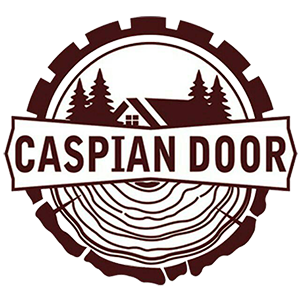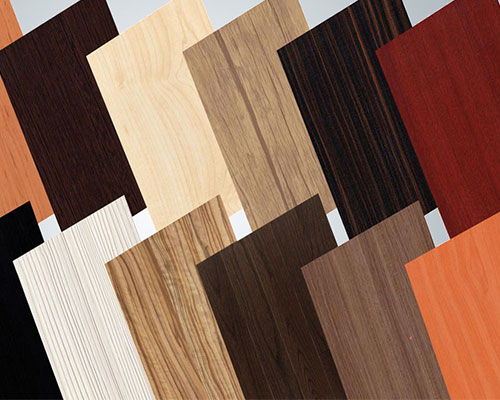What is pvc
What is pvc
PVC is the term poly vinyl chloride and refers to the polymer with the following chemical structure: pvc
PVC is a thermoplastic polymer, which, depending on its size, can be flexible (Plasticized PVC, Soft PVC) or hard (Unplasticized, UPVC).
In the present situation, one of the most valuable products of the petrochemical industry is used. More than 50% of PVC made of human construction is used in building. Because PVC is cheaper than other polymeric materials, it can be made with different types of products. .
In recent years, PVC has been a great alternative to building materials, and is being removed due to the long life of the product produced with this highly applied material and the traditional materials that can be produced with PVC.
PVC applications:
Medical sewage pipes
Used profiles for double glazing doors and windows
Household Appliances Electronic Components
Coatings for wire and cable furniture
Door cover and cabinet
Pvc production method:
PVC polymer was used for various polymerization processes, and finally, the resulting polymer was introduced with the same process. The polymerization processes of pvc are:
Suspended polymerization
Emulsion polymerization
Massive polymerization
The various processes of pvc production make the resulting product different in shape and size of the granules, the absorption of softening oils, optical, electrical, physical, mechanical properties as well as applications.
Polyvinyl chloride suspended or PVC-S:
In this method, firstly, water insoluble liquid monomer is spread by strong stirrers completely in water and then by adding an appropriate starter which is soluble in vc, the reaction begins and eventually the particles of the pvc are as large as 20-200 μm Are formed.
The PVC-suspended molecular chains in water are separated from the blue phase by centrifuge systems, gratings and filtration, and after searching and drying, the PVC-S spheroidal and particulate particles are obtained from them as a suitable polymer for the manufacture of electrical products And with transparent artifacts using extrusion and injection processes. The advantage of this method is the ease of transferring the heat generated by the polymerization reaction, which is easily done by the aquatic environment.
Polyvinyl chloride emulsion or PVC-E:
In this method, Ibenda monomers vc water insoluble liquid with water-soluble emulsion water is distributed thoroughly in water by water softeners. Add water soluble starters (often water-soluble peroxides such as calimic sulfate) and adjust the temperature The reaction system begins, and then very fine PVC particles are formed. The PVC dye solution is reconstituted from unreacted monomers under special conditions and under vacuum pressure. The material obtained can be used directly in the coating work-sinking or even as a glue.
The presence of emulsion in Pvc reduces the friction between the polymer and the metal parts of the process machinery, making it easy to produce. In contrast to this, it causes electrical features to drop, a tendency to get the electricity and color of the product. The shape and magnitude of PVC grains in this method are due to the condition of dryers, the detached pvc particles from the blue phase, which can be varied by changing the particle size of the particle size from 2 to 60 microns.
PVC-E is used mostly for the production of artificial leather, wallpaper, gloves.
PVC Properties:
High strength
Resistant to inappropriate weather conditions
Proper processability
Inexpensive
Self-defense
Melting temperature is about 80 ° C
Resistant to U.V.
Density from 0/8 to 1/47 (g / cm3)
Compatibility with old ones
Insoluble in alcohol, hydrocarbons, acetone
Excellent electrical properties
Continuous use at 60 ° C
Resistant to chemicals, oils, weak acids
Soluble in methyl ketone, toluene, nitrobenzene
K-value concept:
Each PVC producer, depending on the final use, produces a special type of polymer that is mutually matched in terms of morphology and molecular mass. In industry, the K-Value, or the viscosity number, represents the molecular weight of PVC It’s working.
In order to measure this index, the viscosity of the PVC solution is determined. The higher this indicator, the higher the molecular weight of the PVC.
The K-Value range is usually between 35 and 80.
Different uses of PVC in K-value:
K-Value Between 55 and 60 for injection
K-Value Between 66 and 68% suitable for wall extrusion, profiles, pipes and …
K-Value between 65 and 71 is suitable for producing flexible parts, cable sheath and …
PVC coated
PVC coatings are produced in a number of layers, different layers, thicknesses, colors and different designs, as well as various embossments (smooth, gloss, matt, wood strips, etc.) depending on the type of application required, and usually include poly And nilchloride, varnish and varnish layers. The thickness of the PVC coat is 0.2 to 3 mm.
Due to the flexibility of this type of coating, it is used to cover the surface of the tool with a high degree of variation, as well as to make edge strips, profiling, profiled and molded edge strips. For example, it covers the doors of the cabinets that have deep machinability. One of the unique uses of PVC coating is the construction of artifacts that require the coat of cover in different dimensions of a structure, in other words, the need to create a V-shaped groove on the board and fix it, the best examples in this material is the production of the TV table and Speaker box (band) and so on.
The PVC sheath is sandwiched on smooth surfaces of MDF that are sanded with 100 Grit and cleaned. Tolerance thickness up to +0.3 mm can be accepted in this case.
Polyvinyl chloride coating is usually applied at room temperature with roller presses using copolymer adhesives or epoxy adhesives. In some cases, soft glue is also used. The pressed board should be kept on smooth surfaces for a few hours so that the bond between the casing and the board is completed by adhesive.
MDF boards can be folded easily using a membrane pressed with a PVC sheath on the surface or edge. This type of product is used in the manufacture of cabinets and bedding accessories. The very good flexibility of the PVC sheath, especially when heated inside the membrane press, makes it possible for fine-grained, fine-grained, deep-drawn tools to be covered with small, hard-wired forms.
Caspian door, using the knowledge and experience in the wood industry, can design and implement all types of cabinet cabinets, wood cabinet, cabinet higlass (modern cabinet), membrane cabinet, construction and installation of all kinds of wood doors, MDF door with PVC sheath, PVC HDF door, melamine laminate, construction and installation of all types of wardrobes and wall cabinets and all kinds of complex wooden structures throughout Gilan and Rasht.


 فارسی
فارسی Русский
Русский العربية
العربية
